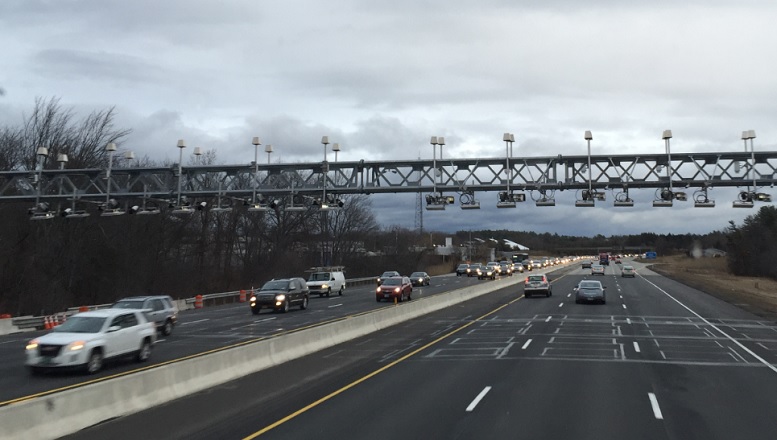Interstate 10 in Texas will take you 877 miles from the Louisiana border all the way to New Mexico. The 12-hour journey passes through Houston, San Antonio and El Paso, but not through any tolls. You will eventually need to stop for gas, though, so even out-of-state drivers have to pay something to use the roads in the Lone Star State.
Making the drive across Delaware is a much different experience. The 16-mile stretch between New Jersey and Maryland goes by in 15 to 20 minutes, and you won’t hit any major cities. You will, however, pay two tolls: $4 on the Delaware Memorial Bridge and $4 in Newark.
Like Delaware, Connecticut is situated between two major metropolitan areas, and the drive from one end to the other is short enough — two hours if you’re lucky, or three if there’s a crash on I-95 or the Merritt Parkway — that you probably don’t even need to stop for gas. But like Texas, there’s lots to see: the 117-mile route from Holland, Massachusetts to Port Chester, New York includes Connecticut’s four largest cities, three of Frank Pepe’s legendary Neopolitan pizzerias, and two highway interchanges, and all for one low price: $0.
Connecticut removed all of its highway tolls in the 1980s, so for the last three decades, motorists from surrounding states have been making the trip across the Nutmeg State without paying for the wear and tear they cause or the congestion to which they contribute. And so it follows that perhaps the most common argument in favor of reinstating tolls has to do with ending the “free ride” for out-of-staters.
In the 2015 legislative session, Representative Tony Guerrera argued in favor of placing tolls at the state’s borders, but his bill didn’t gain much traction:
Connecticut residents pay tolls when they drive to New York and Massachusetts, so let the folks clogging up Interstates 84 and 95 between the Boston and New York metro areas pay their fair share, right? It’s good political calculus — especially since Guerrera represents Newington, Rocky Hill and Wethersfield, which are smack dab in the middle of the state (and would be minimally impacted by tolls at the state’s edges).
The argument against border tolls hinges on the fact that they disproportionately impact residents (and the economies) of border towns like Danbury and Enfield.
In the last few weeks, four state legislators have introduced bills which would establish electronic tolling on Connecticut highways. Three of the bills (HB05458, HB06058, and SB00560) simply call for establishing electronic tolls — without any mention of placing them at the borders — but a fourth bill, introduced this week by Senator Ted Kennedy Jr., calls for “a congestion pricing system to ease traffic congestion… and raise revenue for long-term transportation infrastructure projects.”
Senator Kennedy’s bill is a sign that the conversation about tolling in Connecticut has, thankfully, evolved in the last two years. As we have been saying, the primary purpose of tolling should be congestion management. That means putting variable-rate tolling gantries on I-84 west of Hartford and I-95 in Fairfield County, where there are alternatives to driving available. When your only goal is to raise revenue, you end up tolling roads in Thompson or Killingly, where there’s hardly any congestion and about as much transit.
But is there any reason to believe tolling legislation stands a better chance of passage this year than it has in the past? On one hand, Governor Dannel Malloy has a bold vision for improving his state’s transportation system, but barely has the money to keep trains and buses running. Revenue from tolls could change that. It also doesn’t hurt that Massachusetts recently converted (and New York is in the process of converting) to all-electronic, open-road tolling, providing a nearby example of what a modern tolling system could look like on Connecticut highways.
But on the other hand, lawmakers recently had a fit over a proposal to study a mileage tax, and they continue to pursue the fantasy of adding lanes to highways without asking drivers to pay for it.


Just another way to separate taxpayers from their money. This proposal by a rep from the middle of the state, who won’t be impacted by its cost, is indicative of those who look at raising revenues without investigating the negative impact on border communities.
Why not revisit building a road to east end of Long Island.This would create jobs,toll monies and less congestion.